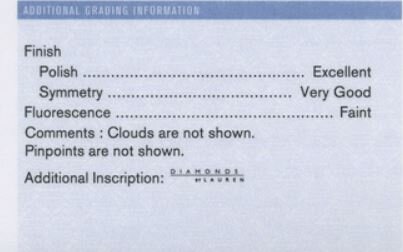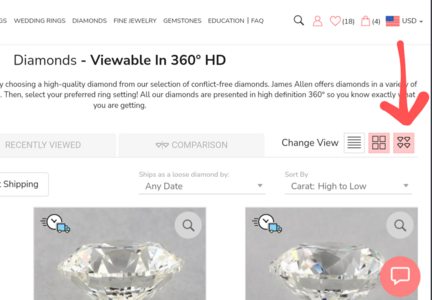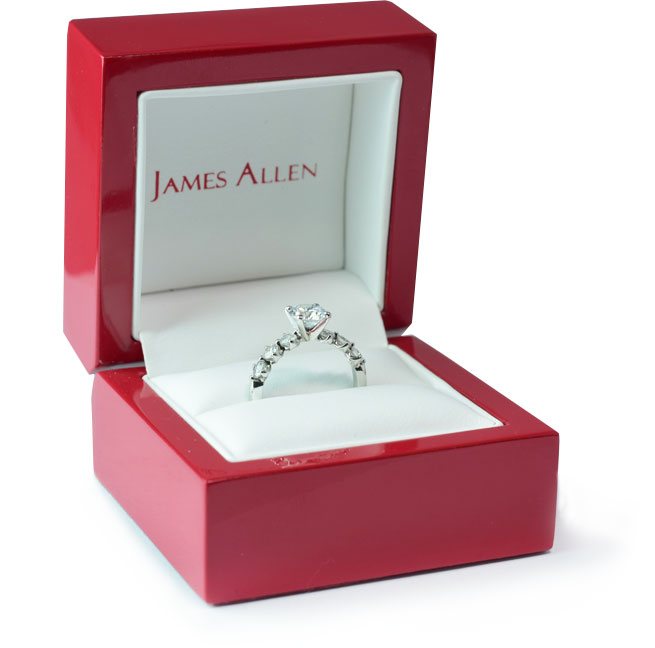- Joined
- Jul 27, 2009
- Messages
- 4,102
THIS. Not everyone prefers yellow.
So would it be a map or an average score?
Not a map. Probably some type of rating, most likely along their normal ex, vg, g, f, p
system. It would be nice to see a score, but I would not expect that. And even though their excellent score will likely be broad, like the cut grade it will be meaningful, and a big improvement for the consumer.







300x240.png)